Available in March 2021, the Oppo Find X3 Lite is the most economical of the three devices in Oppo’s Find X3 line, but still packs in some attractive features, including a multi-cam setup with a 64 MP main camera. Let’s find out how well its display performed in our protocol tests.
Key display specifications:
- OLED screen
- Size: 6.43 inches
- Dimensions: 159.1 x 73.4 x 7.9 mm (6.26 x 2.89 x 0.31 inches)
- Resolution: 1080 x 2400 pixels
- Aspect ratio: 20:9, 410 ppi
- Refresh rate: 90 Hz
About DXOMARK Display tests: For scoring and analysis in our smartphone and other display reviews, DXOMARK engineers perform a variety of objective and perceptual tests under controlled lab and real-life conditions. This article highlights the most important results of our testing. Note that we evaluate display attributes using only the device’s built-in display hardware and its still image (gallery) and video apps at their default settings. (For in-depth information about how we evaluate smartphone and other displays, check out our articles, “How DXOMARK tests display quality” and “A closer look at DXOMARK Display testing.”)
Test summary
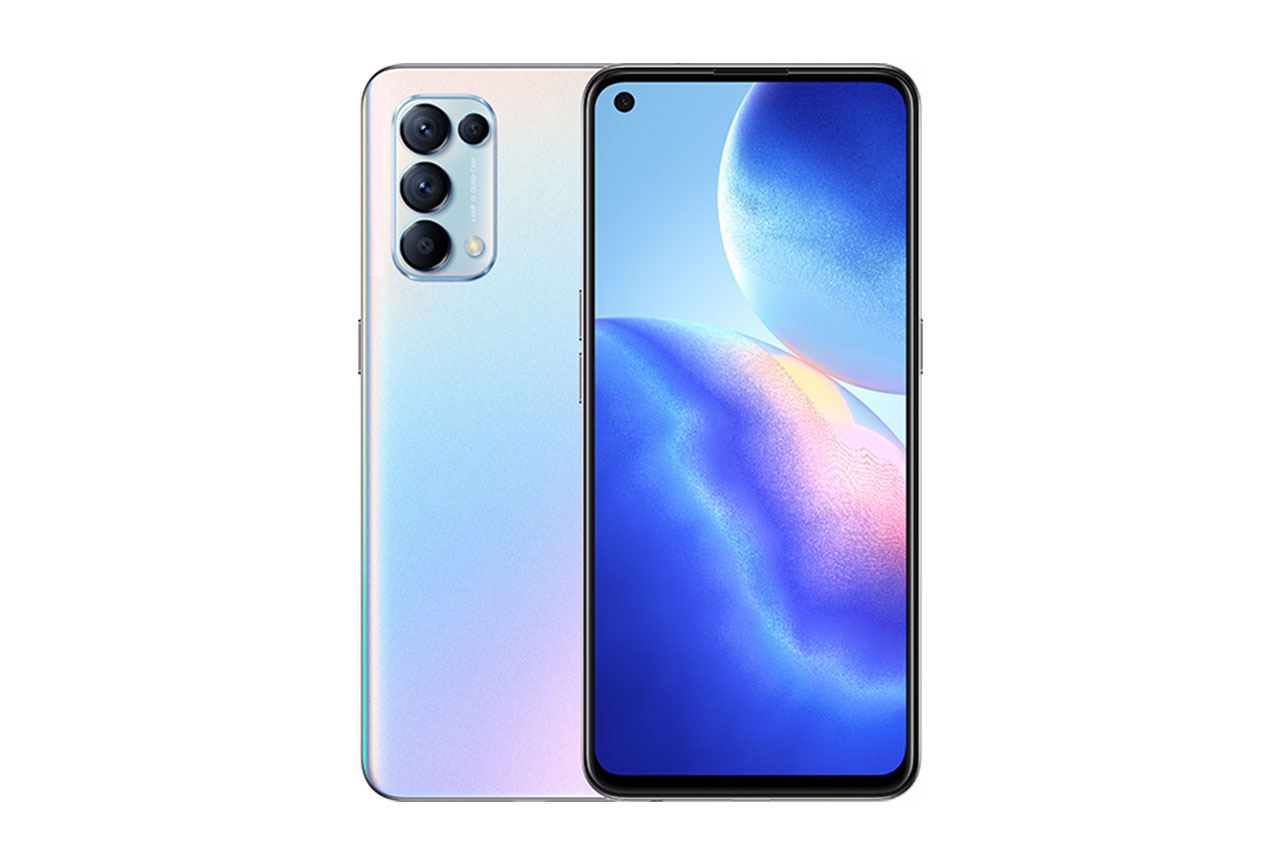 Oppo Find X3 Lite
Oppo Find X3 Lite


Pros
- Colors are quite faithful in indoor and low-light conditions.
- Brightness levels are well adapted to indoor and low-light conditions.
- Touch is accurate
Cons
- Video contrast rendering is too high and makes watching HDR10 videos unpleasant.
- Colors, especially skin tones, are altered in bright outdoor conditions.
- Very frequent frame drops are visible when watching 60 fps videos.
An overall score of 79 places the Oppo Find X3 Lite in the bottom half of our Display protocol database. Except for color, where the device scored quite well, and video, where the device put in a sub-par performance for all of the category’s sub-attributes (brightness, contrast, color, etc.), the Find X3 Lite’s other scores hovered right around or just below average.
Analyses and comparisons
The DXOMARK Display overall score of 79 for the Oppo Find X3 Lite is derived from its scores across six categories: readability, color, video, motion, touch, and artifacts. In this section, we’ll take a closer look at these display quality sub-scores and explain what they mean for the user, and we will compare the Oppo Find X3 Lite’s performance in several areas against three key competitors, the Oppo Reno5 Pro+ 5G, the Samsung Galaxy S21 Ultra (Exynos), and the Google Pixel 5.

Readability
Oppo Find X3 Lite
62
76
DXOMARK uses the device’s gallery app to show static (still image) content when measuring the device’s display for brightness, contrast, gamma, and blue light impact, etc.
In daytime in low-light environments, the Oppo Find X3 Lite display is slightly dazzling. During the night, its brightness is appropriate, albeit at the lower limits.
Overall readability on the Oppo Find X3 Lite was generally good indoors.

The Find X3 Lite is a bit slow when reacting to falling light, and its outdoor image enhancement is unstable in shady conditions.
The device loses brightness and contrast when viewed on angle, but it is still readable.


The Find X3 Lite has good brightness uniformity.
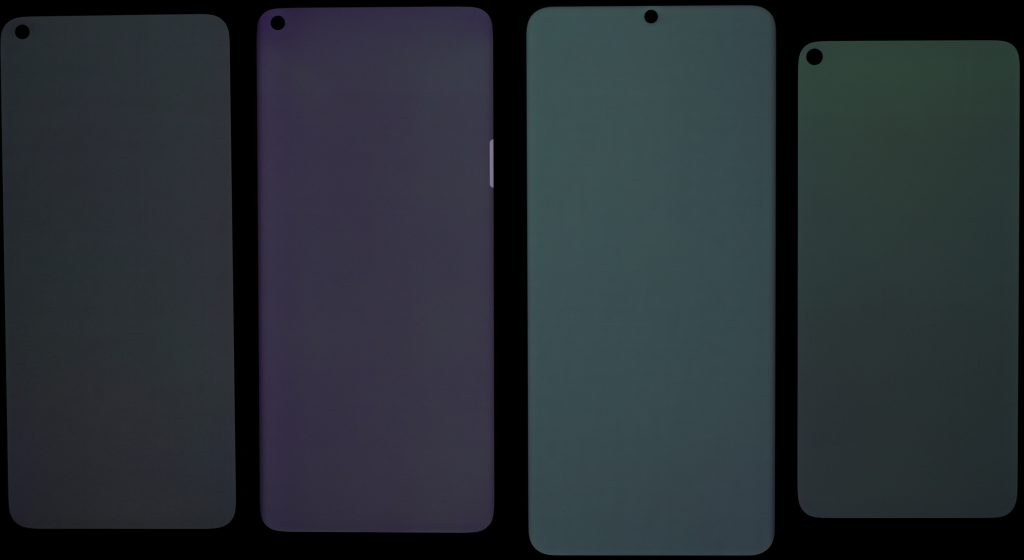
When the blue light filter (BLF) turns on, the Find X3 Lite’s brightness diminishes a bit too much, degrading the readability.

Color
Oppo Find X3 Lite
84
92
DXOMARK uses the device’s gallery app to show static (still image) content when measuring the device’s display for white point, gamut, uniformity, color fidelity, and blue light filter impact, etc.
The Oppo Find X3 Lite does not adapt its white point to ambient lighting.
A slight greenish cast is noticeable on most content, and colors can be slightly undersaturated.

In outdoor conditions, a greenish cast is visible.
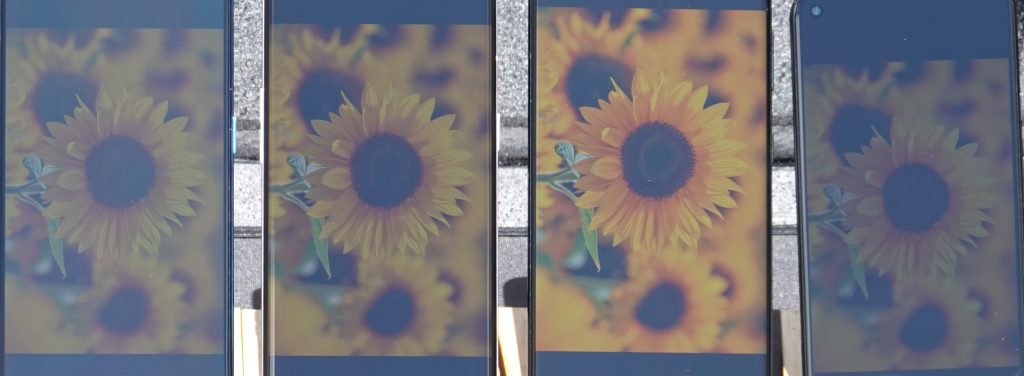
Of greater consequence to viewing quality is that the Find X3 Lite’s image enhancement algorithm can alter skin tones under bright sunlight, as shown below:

The charts below show the Oppo Find X3 Lite’s color reproduction fidelity in pitch darkness (0 lux) and under 1000 lux lighting in the standard sRGB color space. The center of each circle is the target color; anything outside the circle represents a noticeable color difference. The further the tip of the arrow is outside of the circle, the more a user will notice the difference between the color on the display and the original color of the source material.


Some orange and blue color stripes are visible when viewing the device in angle.
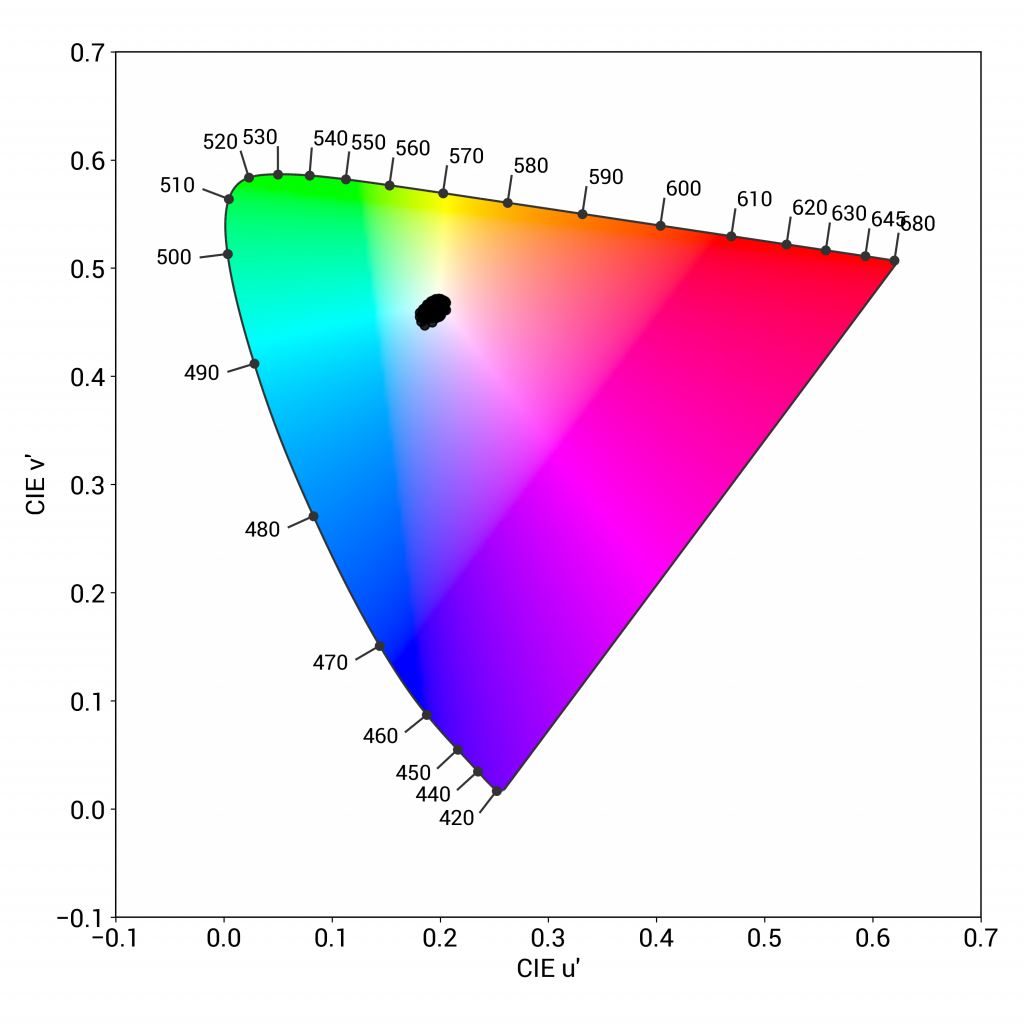
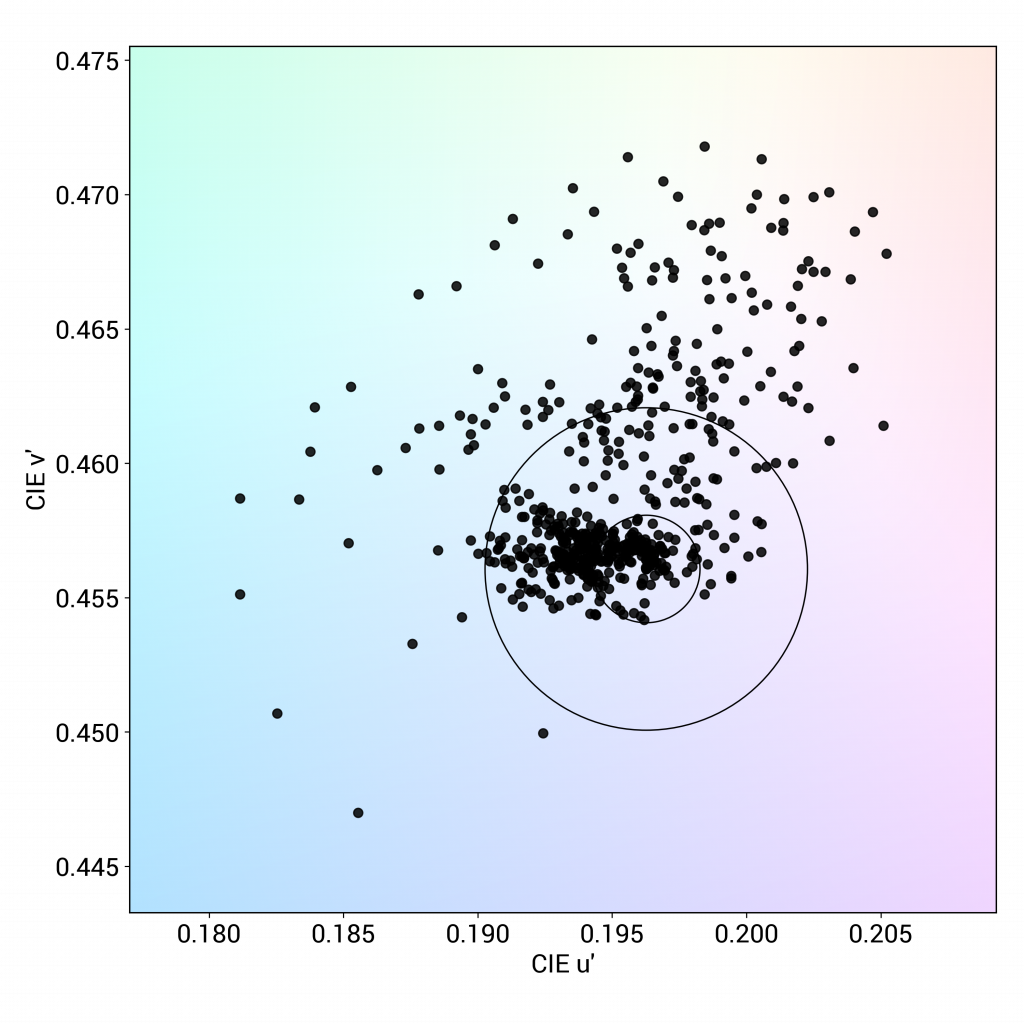
The Find X3 Lite is uniform in color. When BLF turns on, the device shifts to a noticeable orange cast.

Video
Oppo Find X3 Lite
62
91
DXOMARK uses the device’s video (or browser) app to show dynamic content when measuring the device’s display for brightness, contrast, gamma, and color.
The Oppo Find X3 Lite’s brightness is somewhat low when watching HDR10 content. More significantly, its contrast is too high and leads to unnatural rendering of some contents. Further, dark details are missing when watching HDR10 content.
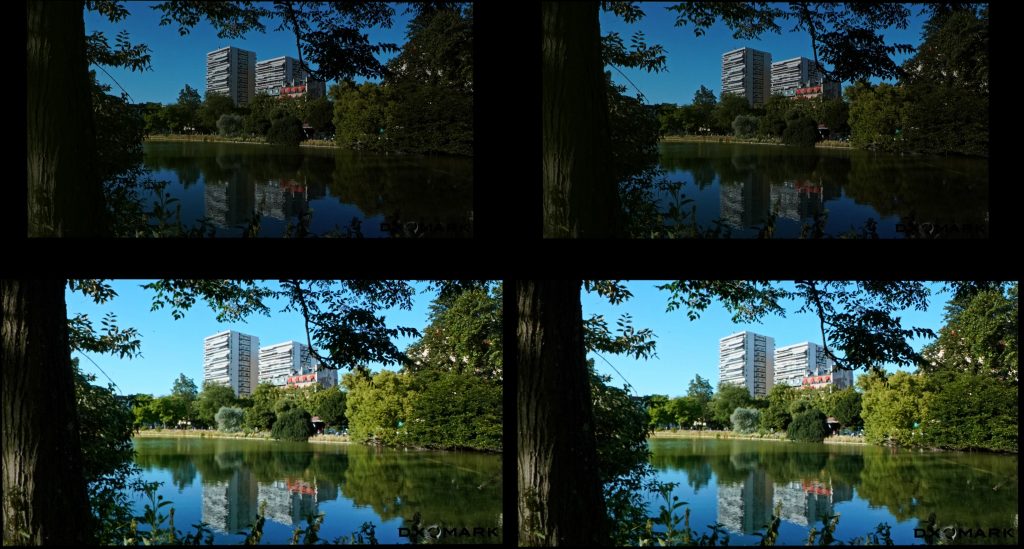
Some colors in HDR10 video content look unnatural on the Find X3 Lite. Colors are a bit oversaturated generally and a slight orange cast is noticeable, particularly on skin tones.


Motion
Oppo Find X3 Lite
74
87
The Oppo Find X3 Lite shows frequent frame drops at 30 fps, and very frequent frame drops at 60 fps in lab tests, but our engineers observed no frame drops while playing video games.
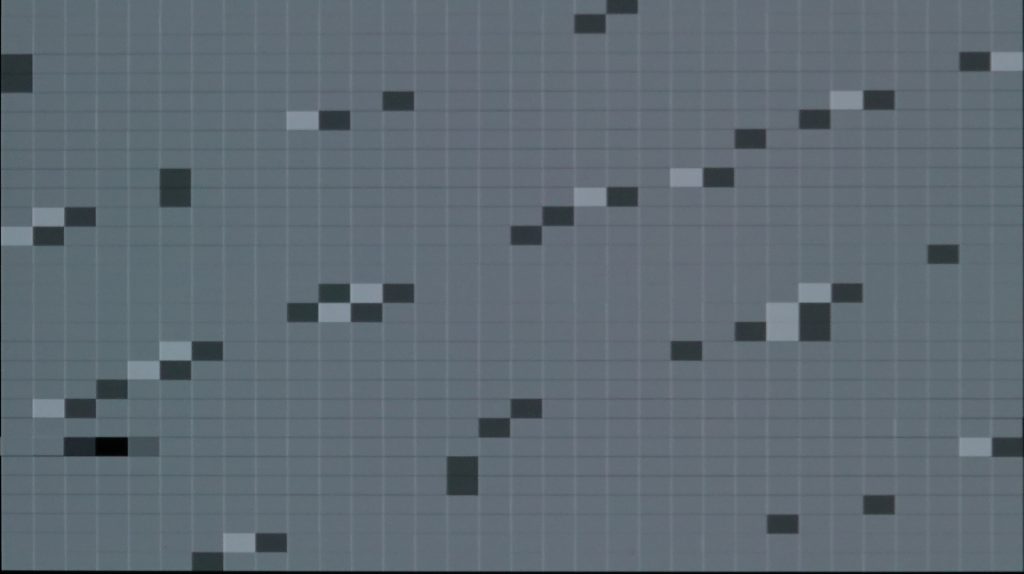
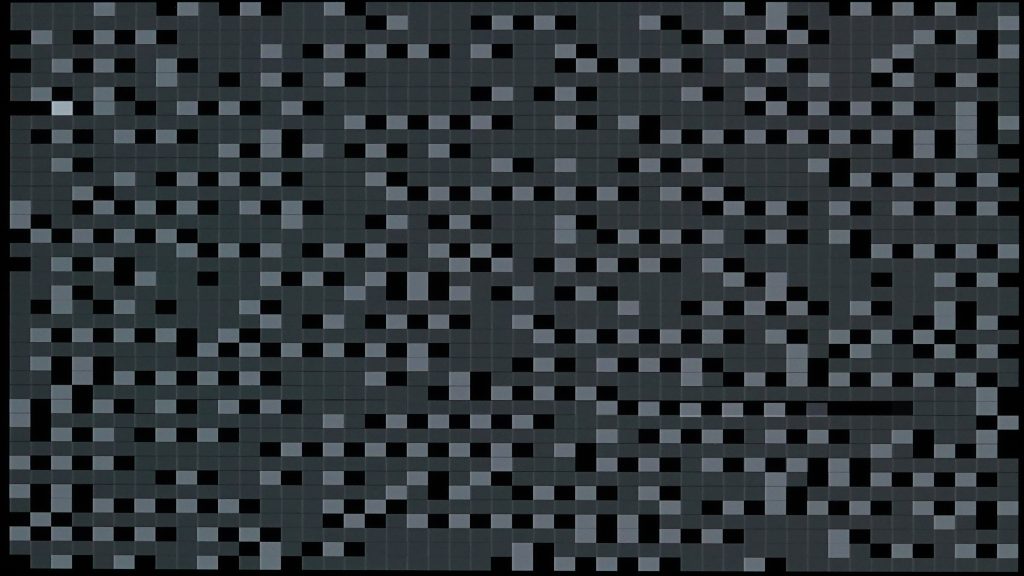
The device appears sharp. When played back, the device pauses before resuming the video, and some jerkiness occurs when playing back content at 60 fps.

Touch
Oppo Find X3 Lite
70
85
Despite a capped zoom, the Oppo device has decent accuracy in the gallery app, and touch accuracy provides a satisfying experience.
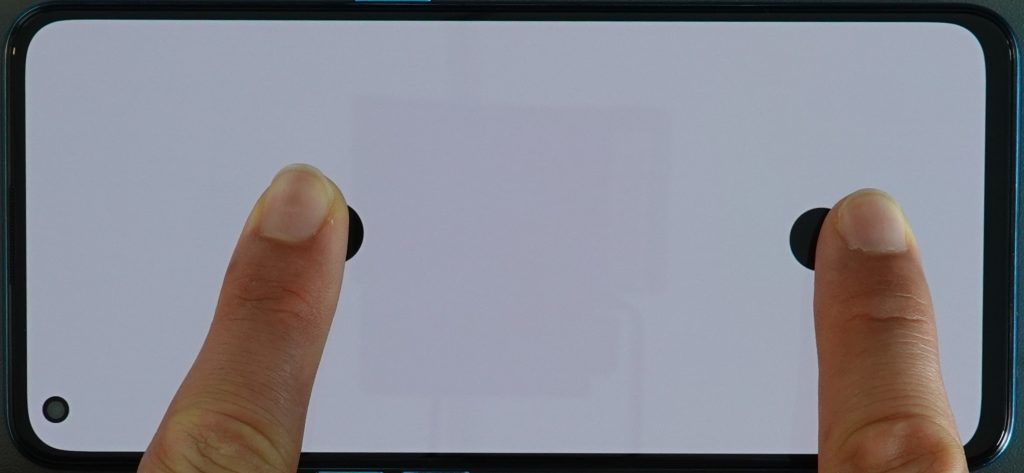
The device is quite smooth when browsing and in the gallery app; however, the Find X3 Lite strongly lacks smoothness when gaming.

Artifacts
Oppo Find X3 Lite
75
86
The Oppo Find X3 Lite did not fare very well in its control of artifacts. While it only rarely responds to ghost touches, judder is an issue. At 24 and 30 fps, it is noticeable but not intrusive, but at 60 fps, it is visible.
Aliasing is also noticeable when gaming, as illustrated below.
Conclusion
The Oppo Find X3 Lite put in a somewhat underwhelming showing in our Display protocol tests. However, its still image (gallery app) color rendering is a plus, as is its good overall touch accuracy and its smoothness when browsing and scrolling.


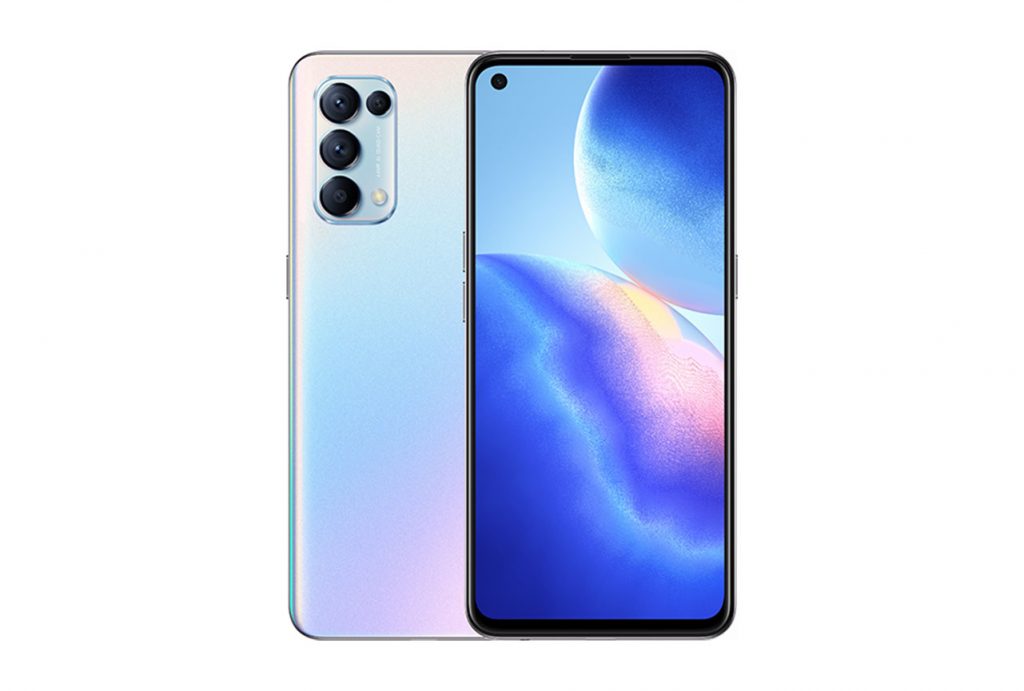

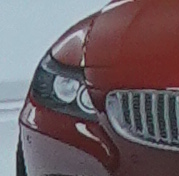
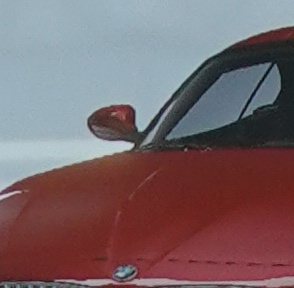
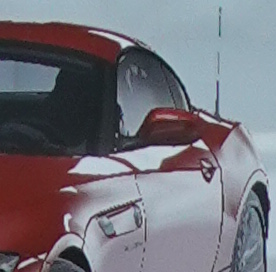
DXOMARK encourages its readers to share comments on the articles. To read or post comments, Disqus cookies are required. Change your Cookies Preferences and read more about our Comment Policy.